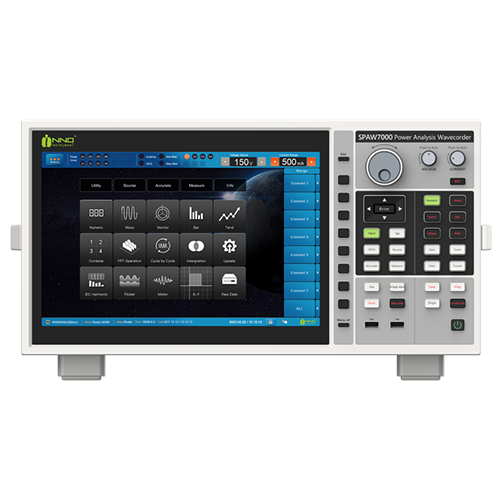Amid the energy transition, renewable energy targets have been increasing across various regions, and coupled with the decreasing costs of photovoltaic technology, they have driven the growth of the photovoltaic industry.
The photovoltaic sector is embarking on a new phase of development. To ensure that photovoltaic power generation systems can prevent islanding effects when connected to the grid, grid-connected photovoltaic inverters are being adjusted and updated in alignment with the “14th Five-Year Plan.” This is to meet the goals of the energy transition and domestic photovoltaic market demands. These adjustments are crucial to ensure that photovoltaic systems, at a time of rapid growth in newly added capacity across various regions, can safely and stably integrate with the grid, harnessing the potential of renewable energy.
According to section 12.3.3 of the “Technical Regulations for Grid-Connected Photovoltaic Power Stations” (GB/T19964-2012): “Grid-connected photovoltaic power stations shall be equipped with independent anti-islanding protection devices, and their response time should not exceed 2 seconds.” When unplanned islanding events occur, the unknown power supply status can lead to various adverse consequences: 1. Safety concerns for grid operators, maintenance personnel, and end-users; 2. Disruption of normal reclosing operations in the grid; 3. Inability to control voltage and frequency in the islanded portion of the grid, potentially causing damage to distribution and user equipment; 4. Unsynchronized voltage phase during power restoration, leading to inrush currents and potential reclosure issues. Anti-islanding protection testing is a crucial function to be examined during inverter factory tests and type tests, and it is a key component of certifications like CQC and CGC Golden Sun. Inverter manufacturers need to ensure this important function is thoroughly tested at every stage, from product development to type tests to factory testing. With the development of smart grids, distributed power generation, and their widespread adoption, the requirements for anti-islanding protection by utility companies will become increasingly stringent as inadequate anti-islanding protection in inverters will pose risks to the safety of operators and equipment. Hence, anti-islanding testing is an essential part of the acceptance process for photovoltaic power stations.
Main Advantages
Simultaneous harmonic measurements are conducted for all 7 power channels, offering the flexibility to select different PLL sources. This substantially enhances harmonic measurement efficiency across a range of applications, including inverters, motors, robotics, lighting, and more. The harmonics measurement capabilities extend up to 500th orders.
SPAW7000 stands as the most accurate in the market, boasting a measurement accuracy of up to 0.01% of reading.





